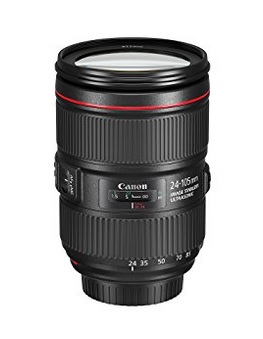
Aspen, Marshall Pass, Road, Colorado. Photo copyright (c) Jim Doty, Jr.
A prior post featured a photo from Marshall Pass Road in Southern Colorado. This is one of the most beautiful drives in Colorado if you are looking for fall color.
When I was growing up, my family would go camping several times a year at O’Haver Lake, south of Poncha Springs. I would watch the rare vehicle drive by on the road up above the lake and wonder where the road went. It wasn’t until I was married and had children of my own that we decided to find out. We drove the Marshall Pass Road for the first time. That must have been over 20 years ago. We were stopped before we reached the top by 20 foot snow drifts across the road. A second attempt a year or two later was successsful since we waited late enough in the summer for the snow to have melted. It has been a favorite drive of mine ever since.

Aspen, Marshall Pass, Road, Colorado. Photo copyright (c) Jim Doty, Jr.
There are large stands of aspen at what seems like every turn in the road. It is a beautiful drive in the fall as the aspen turn gold. It is a good drive any time from mid-morning to late afternoon. Going from east to west, Marshall Pass Road leaves U.S. 285 a few miles south of Poncha Springs (take the O’Haver Lake Road, and then take Marshall Pass when the road splits). It crosses the Continental Divide on the south slopes of Mt. Ouray and connects with U.S. 50 at Sargents, Colorado. The road is passable (once the snow melts) by any passenger car or truck.

Aspen, Marshall Pass, Road, Colorado. Photo copyright (c) Jim Doty, Jr.






























